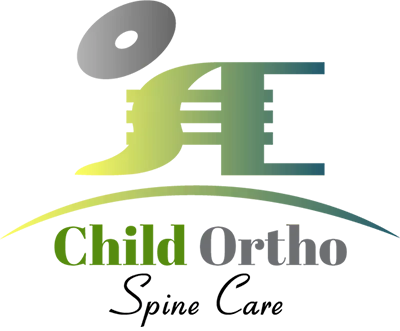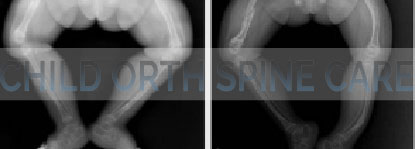Thigh Deformity Treatment For Children In Gurgaon
Certain factors such as congenital abnormalities, developmental disorders or inherited conditions may cause thigh deformities in children. These abnormalities may influence the bone sizes, shape, alignment and function of the thigh femur or surrounding structures. In children's cases, early diagnosis and treatment are of the utmost importance in order to manage leg deformities. Depending on your specific condition, treatment options may include bracing, physical therapy or surgical interventions such as osteotomy and limb lengthening. The aim is, for the child to be able to have optimum mobility and a high quality of life, his or her normal thigh function, alignment and growth will be restored.






